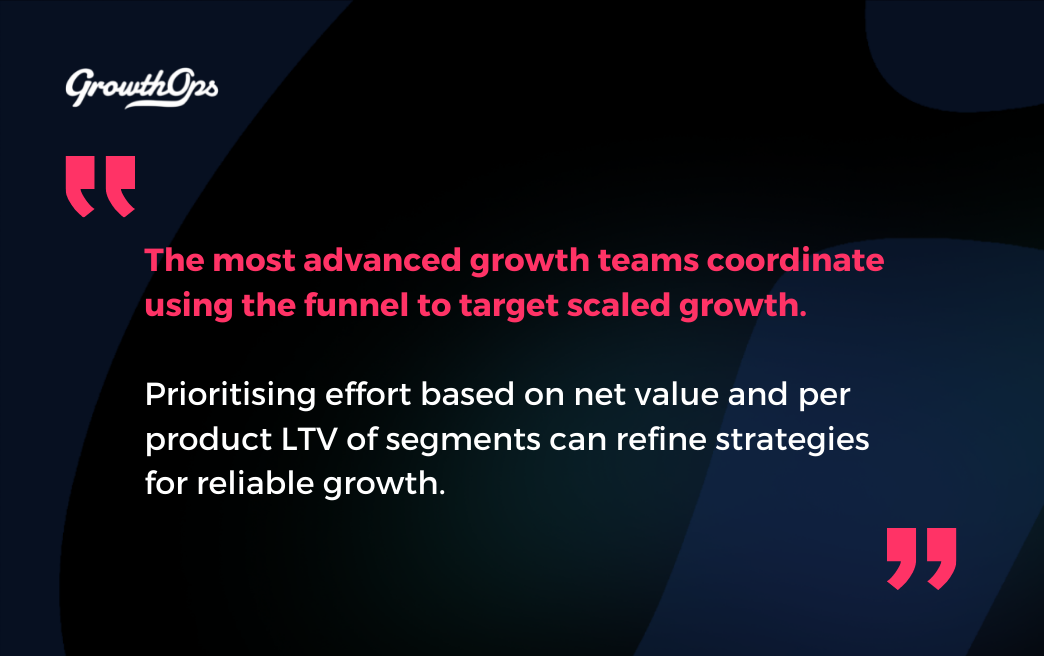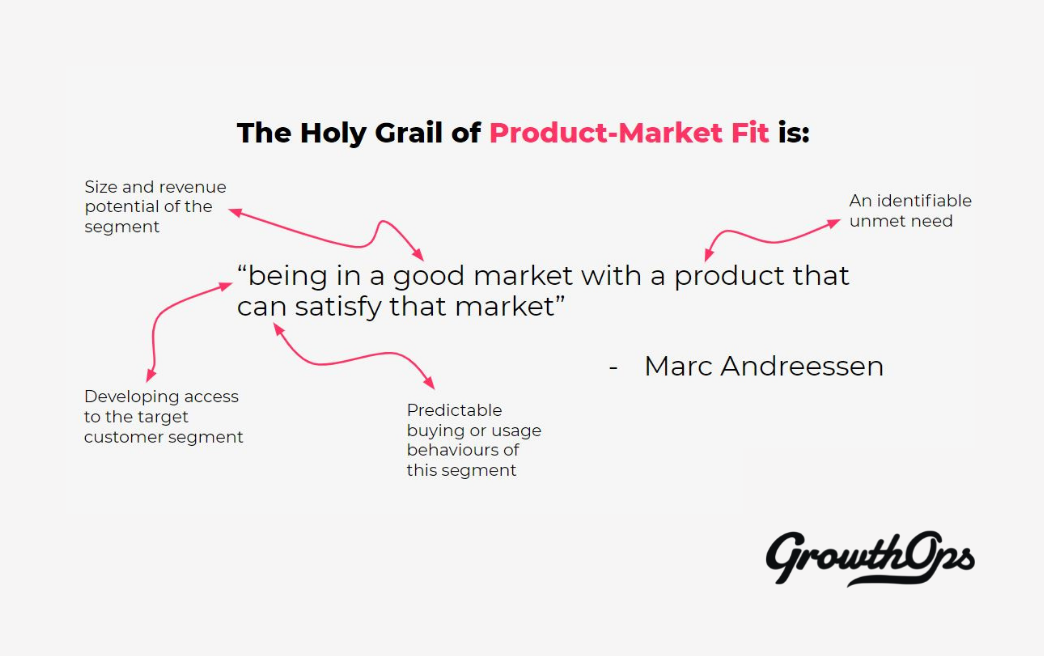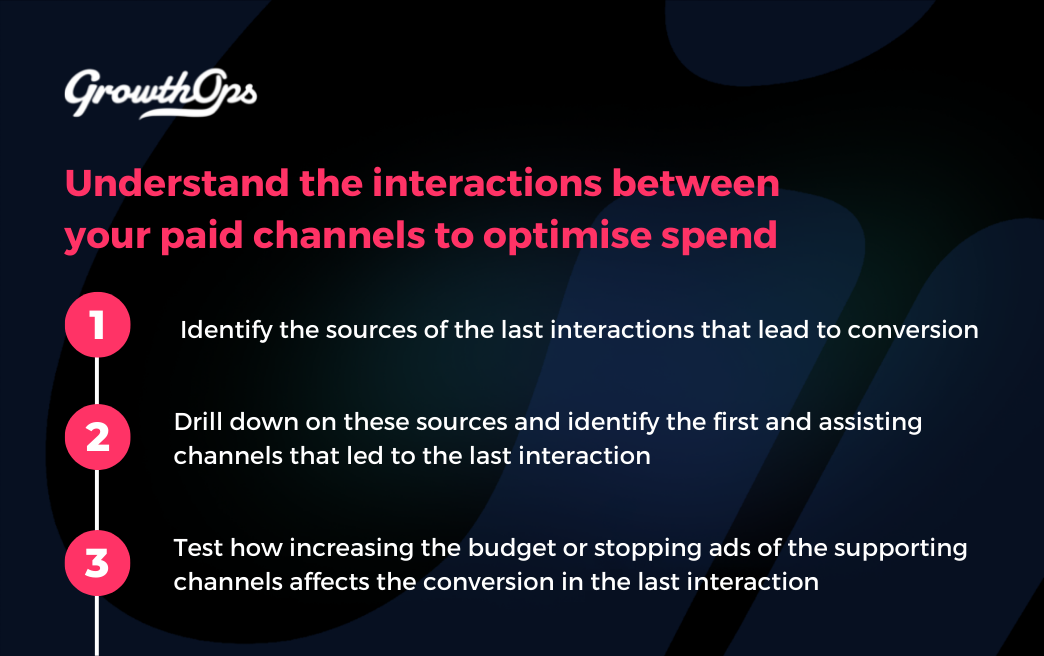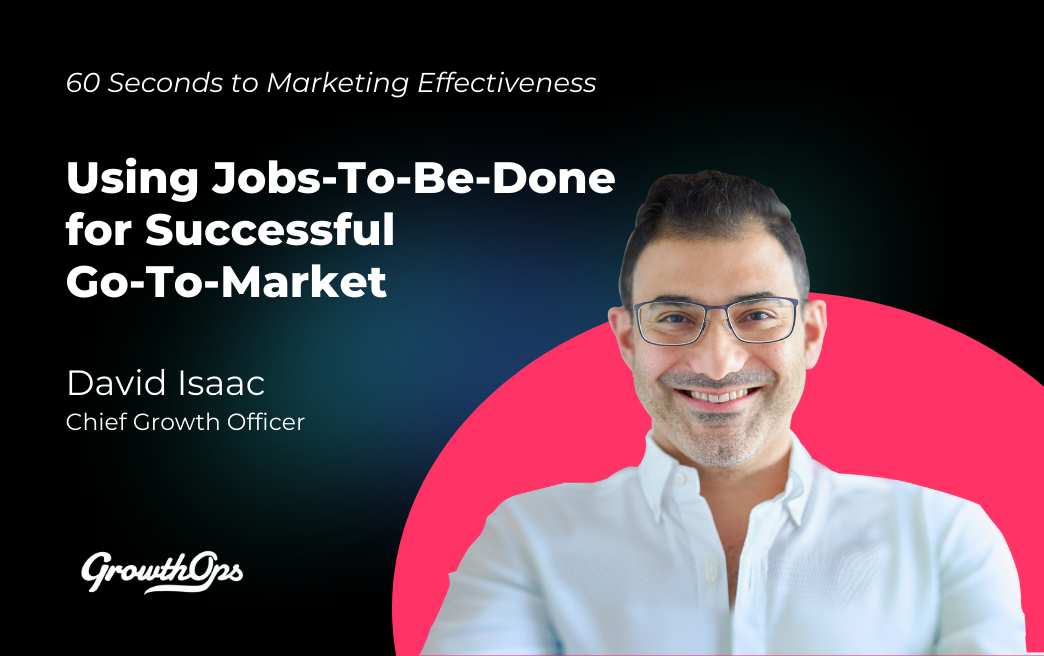C-Suites often look at ROI to measure the impact of their company’s marketing. However, not all sales cycles are monthly and so, how we analyse marketing ROI has to be more strategic.
Measuring ROI on a monthly basis can lead to incomplete quantification of the full impact of marketing activities across all channels. And while ROI is a good measure for the overall profitability of marketing investments, it oversimplifies and fails to recognise other efficiency metrics that better shows the impact of your marketing efforts.
Efficiency Comes First, Revenue Second
Without efficiency, revenue realised is not optimal. A drill down on your marketing mix across channels is needed to bring out insights that will guide you into growing sales reliably.
Start by measuring your marketing mix efficiency. For both paid and organic efforts, how much of the current channels really matter? How are these channels interacting with one another? Will an absence in one channel affect the results your other channels are delivering?
It is crucial to properly measure attribution, and draw a conclusion on which channels should be optimised. This will guide you in allocating budgets to more profitable channels that will help optimise overall CAC for the business, allowing you to scale more cost-effectively.
Another way to make marketing more efficient is by balancing brand marketing and lead generation. While short-term lead generation campaigns drive immediate sales, brand building is a crucial factor in improving CAC over time.
How to Better Measure the Impact of Your Marketing
To measure efficiency, CMOs can share better metrics with the C-Suite for decision making.
For CFO evaluation, an example of a relevant metric is the Payback Period, as it shows the amount of time it takes to recover the cost of acquiring a new customer.
Alongside this, it is also important to factor in the multi-year revenue the customer brings by calculating Customer Lifetime Value (LTV). It’s ideal to do this per product SKU as this can change Payback Period significantly.
Cohort analysis, on the other hand, gives a better understanding of the marginal gains for product marketing to optimise spending for each channel. It gives a clear view of correlation and perhaps causation.
These are just common examples. Choosing the right metrics largely depend on the channel and the teams who will be looking at the data. And without the support of the C-Suite, especially the CEO, insights will not be actionable. With CMOs acting as the source of customer insights for the organization, they should put the effort to make the C-Suites understand how exactly marketing is impacting the company’s short- and long-term initiatives. With data and the right measurement in place, proving impact is much easier.
Measuring ROI on a monthly basis can lead to incomplete quantification of the full impact of marketing activities across all channels. And while ROI is a good measure for the overall profitability of marketing investments, it oversimplifies and fails to recognise other efficiency metrics that better shows the impact of your marketing efforts.
Efficiency Comes First, Revenue Second
Without efficiency, revenue realised is not optimal. A drill down on your marketing mix across channels is needed to bring out insights that will guide you into growing sales reliably.
Start by measuring your marketing mix efficiency. For both paid and organic efforts, how much of the current channels really matter? How are these channels interacting with one another? Will an absence in one channel affect the results your other channels are delivering?
It is crucial to properly measure attribution, and draw a conclusion on which channels should be optimised. This will guide you in allocating budgets to more profitable channels that will help optimise overall CAC for the business, allowing you to scale more cost-effectively.
Another way to make marketing more efficient is by balancing brand marketing and lead generation. While short-term lead generation campaigns drive immediate sales, brand building is a crucial factor in improving CAC over time.
How to Better Measure the Impact of Your Marketing
To measure efficiency, CMOs can share better metrics with the C-Suite for decision making.
For CFO evaluation, an example of a relevant metric is the Payback Period, as it shows the amount of time it takes to recover the cost of acquiring a new customer.
Alongside this, it is also important to factor in the multi-year revenue the customer brings by calculating Customer Lifetime Value (LTV). It’s ideal to do this per product SKU as this can change Payback Period significantly.
Cohort analysis, on the other hand, gives a better understanding of the marginal gains for product marketing to optimise spending for each channel. It gives a clear view of correlation and perhaps causation.
These are just common examples. Choosing the right metrics largely depend on the channel and the teams who will be looking at the data. And without the support of the C-Suite, especially the CEO, insights will not be actionable. With CMOs acting as the source of customer insights for the organization, they should put the effort to make the C-Suites understand how exactly marketing is impacting the company’s short- and long-term initiatives. With data and the right measurement in place, proving impact is much easier.



